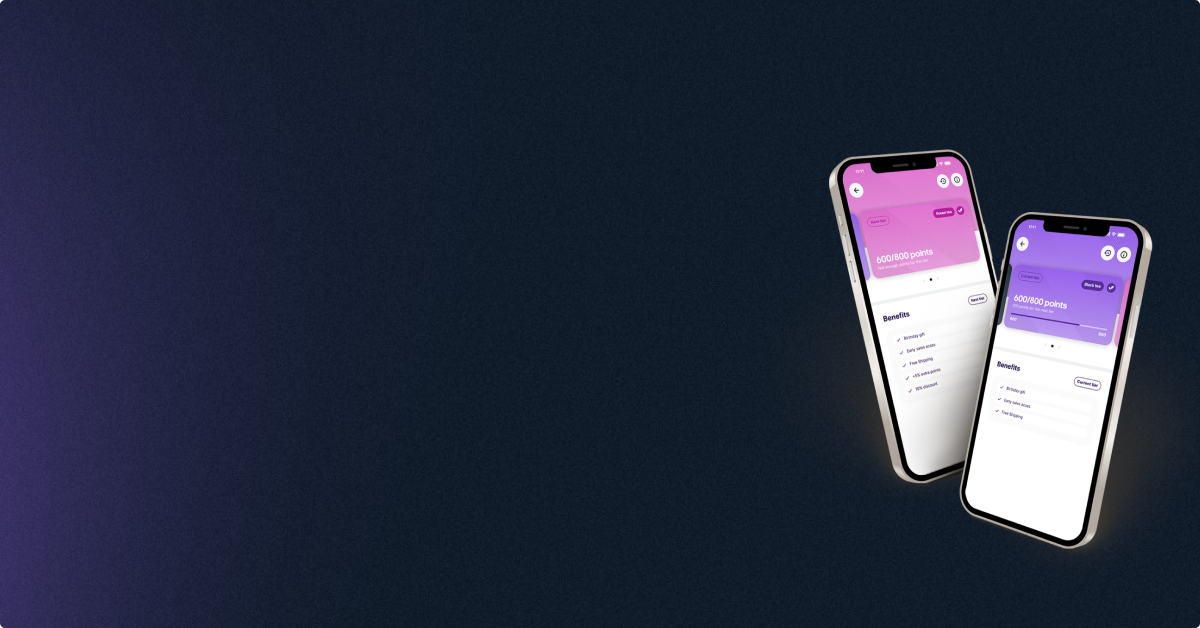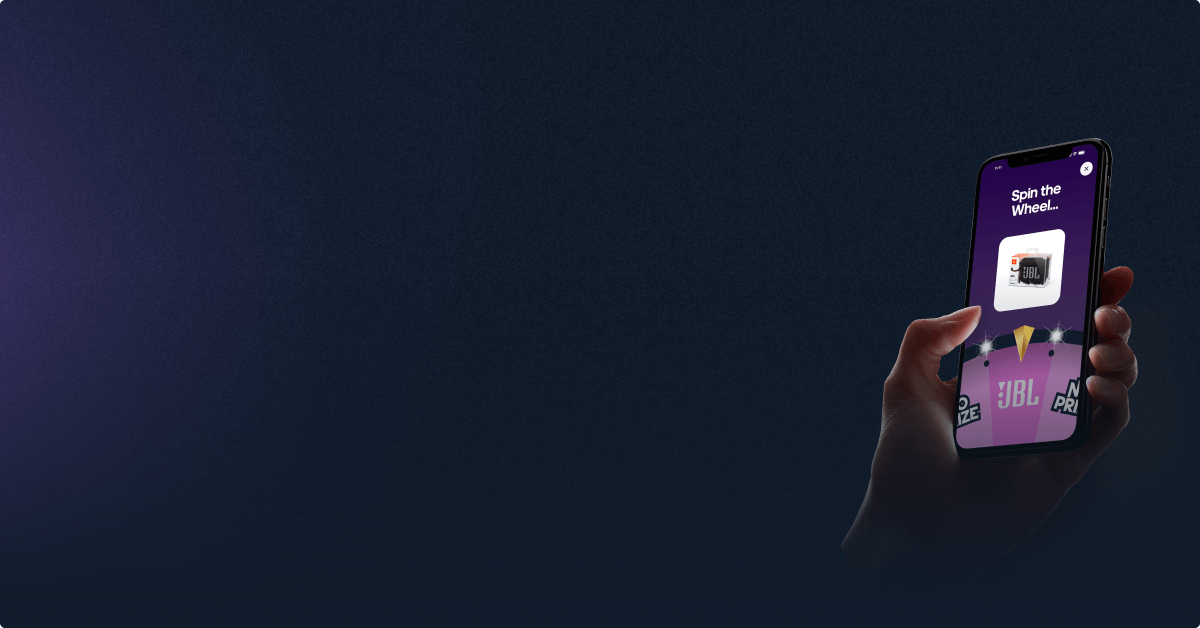Use these easy tips to make a customer retention plan and see how it can help your business grow.
Introduction
It takes time to build customer loyalty. It is achieved through giving customers consistent, personalized experiences that make them want to come back. Still, a lot of brands focuses more about getting new customers than keeping the ones they already have that they miss out on long-term growth.
Having a well-thought customer retention plan helps change that focus. It helps you stay organized and keep your current customers interesting, happy, and loyal, which will lower customer turnover and raise their lifetime value.
In this blog, we’ll break down the essential components of a successful plan, explore common pitfalls to avoid, and guide you in creating a strategy that drives results.
Four important elements to use for your retention plan
To create a meaningful impact on customer loyalty, your retention plan must be built on a strong foundation. These four important elements set the stage for long-term engagement and repeat behavior.
Customer segmentation
Start by grouping your customers based on shared behaviors, purchase frequency, or lifecycle stage to enable more targeted and relevant communication.
Personalized communication
Next, use customer data to make your messages relevant. Generic emails don't really work, but personalization makes people loyal. According to Johnson & Wales University, in the digital era, personalization is one of the best ways to keep customers coming back. Now that AI has come a long way, real customization is possible. Like NeoDay, you can make 1,000,000 campaigns for 1,000,000 individuals with the correct tools and software.
Feedback mechanisms
Using tools like surveys or NPS systems can also help you stay in touch with what your customers want. Harvard says that the best way to make sure customers have a good experience is to listen to their comments and act on them.
Loyalty programs
Finally, reward repeat behavior to keep people interested over time. Well-designed loyalty programs give customers a reason to return.
These elements complement one another to improve consumer connections and promote brand advocacy. Additionally, systems that provide dynamic segmentation, tailored communication, feedback mechanisms, and loyalty programs like NeoDay make it simpler to establish a solid customer retention strategy from the start.
Avoid these common mistakes that sabotage retention
Many companies know how important it is to keep customers, but they often fail to do so because they make the same mistakes over and over again. Finding these mistakes and not making them can make your plan work much better.
Not listening to customer reviews
One big mistake is getting feedback but not doing anything with it. Customer trust quickly fades when they don't feel heard. Customers will know that you value their opinions if you regularly read and react to their feedback.
Overlooking personalization
Another common problem is treating all people the same. If you don't personalize your conversation, it can feel impersonal and unconnected, which means you might miss out on chances to get deeper involved. NeoDay supports the idea that reward experiences should be customized based on how and what each customer likes.
Prioritizing solely short-term sales
Lastly, focusing only on immediate sales can hurt loyalty. Promotions can help in the near term, but long-term engagement leads to long-term progress. So, your plan to keep customers must strike a mix between performance and building relationships.
However, NeoDay understands the urgency of short-term gains and uses an approach called ''The Layered Approach'' for increasing both short-term and long-term sales of their customers. If you would like to learn this approach in more detail, make sure to book a session with our certified loyalty experts™.
Avoiding these errors allows your brand to build trust and deliver consistent value—two critical drivers of retention.
Steps to creating your customer retention plan
Now that we've discussed what to include and what to avoid, let's go over the process of creating a high-impact customer retention strategy.
Assess your existing retention metrics
First, do a data check. Monitor how many customers you keep, how many you lose, and their lifetime value (CLV). These metrics can help you figure out which parts are working and which ones aren't. Platforms like NeoDay offer dashboards for tracking retention performance in real time..
Make clear goals
Once you understand your baseline, define specific, measurable goals. For example, "increase the second-purchase rate by 15% within three months" provides your team with a specific goal and timeframe.
Identify your primary customer segment
Next, classify your most important customers whether they are high-value, idle, or likely to leave. One good way to make sure that your messages are always relevant and up-to-date is to set up rule-based groups that change as your customers' behavior does.
Develop plans according to need
Now that your groups are defined, create unique campaigns for each one. For example, you can give VIP customers special rewards for being loyal or run re-engagement loops for users who haven't used your site in a while.
Implement and monitor performance
As you roll out your plan, track KPIs continuously. If something isn't working, you can rapidly change course by closely monitoring the outcomes.
Adjust based on feedback
Last but not least, use what customers say to improve and change your plan. It's important that your engagement plan changes as your audience does.
By doing these steps, you can make a plan that will keep people and make them feel closer to your brand.
Putting your retention strategy into action
For long-term relationships and steady progress, you need a strong customer retention plan. We've already talked about how the best plans use segmentation, personalization, feedback, and loyalty programs to keep people interested and coming back.
At the same time, avoiding common mistakes—like ignoring feedback or using generic outreach—is key to maintaining trust and relevance.
By following a clear, step-by-step process and continuously refining your approach, you can turn retention into a strategic advantage.
For more practical insights, be sure to explore our other blogs on loyalty, customer engagement, and retention best practices.
You May Also Like
These Related Stories

Black Release: Reduce churn with Flexible Tiering
Learn how NeoDay's Flexible Tiering system, a loyalty solution meant to make your loyalty program better, can change things for your business. By appl …
%20(1).png?width=1200&height=628&name=Blog%20image%20-%201200%20x%20628%20(3)%20(1).png)
Repeated app visits with a Rewards Calendar
NeoDay's Rewards Calendar is designed to drive daily interactions by creating an experience that keeps customers coming back day after day. Like how e …

Increase Engagement with the Wheel of Fortune 2.0
NeoDay's Wheel of Fortune 2.0 is a game-changer in the world of customer engagement. By integrating gamified experiences into your loyalty program, th …